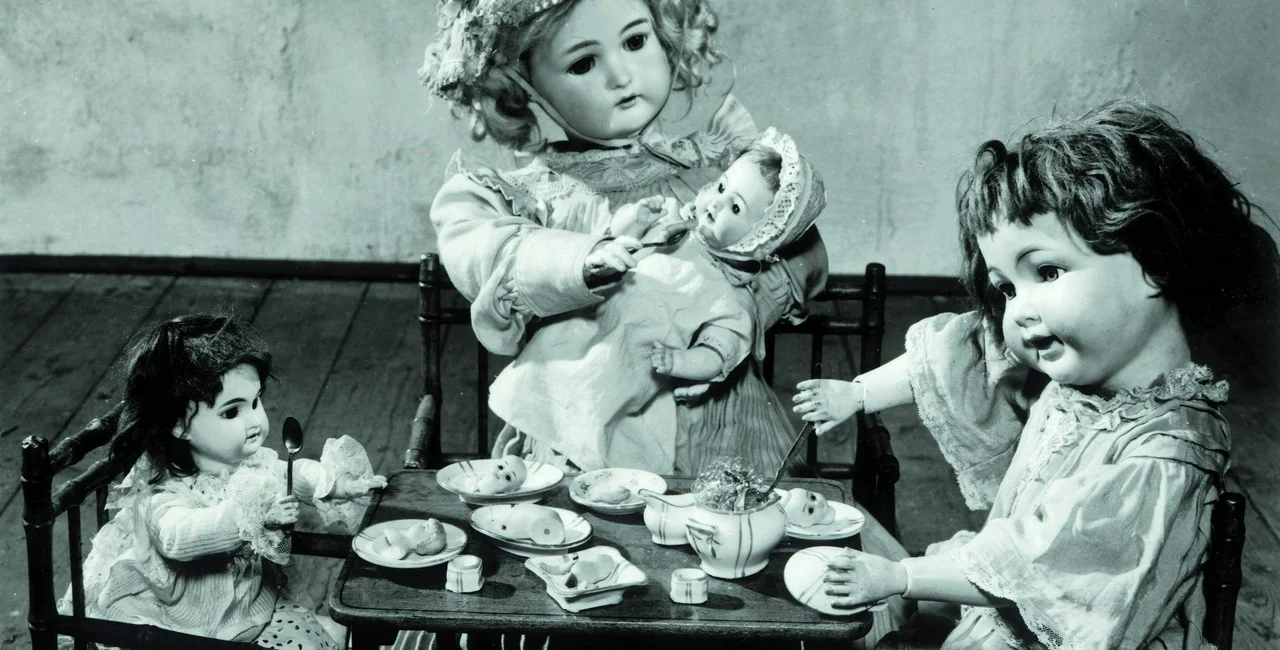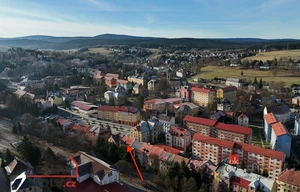When thinking of brilliant filmmakers, the names Spielberg and Scorsese roll off the tongue, and of course their contributions to cinema are legendary. But when international artists with cult followings become the topic, eclectic film lovers cape for Jan Švankmajer like music fans #stan Beyoncé. With a body of work that spans half a century, the Czech surrealist is best known for his stop-motion animations that showcase his uncanny ability to combine the whimsical and the macabre, the innocent and the perverse.
It’s hard to narrow down a collection of favorites when an artist’s body of work is so extensive, but in honor of the 50th anniversary of Švankmajer “Jabberwocky,” here’s a list of his most daring short films.
Food (1992)
Running time: 17 minutes
Using claymation and pixilation, this exciting piece of nightmare fuel examines the human relationship with food by showing three mealtime interactions conveniently segmented into, well, breakfast, lunch, and dinner. The New York Times said that "Švankmajer conceived the film in the 1970s, when it seemed too risky a political allegory to be made [...] it now seems too simple a statement about how people are devoured by mechanistic states and each other."
Scholar Michael Nottingham also pointed out in the last segment, "The humour is particularly black, mocking how delicate social ritual and conditioning are effective masks for brutal self-destruction."
Meat Love (1989)
Running time: 1 minute
“Meat Love” is among the shortest of Švankmajer’s short works, and there’s a reason for that. It appears as a commercial in Švankmajer's feature-length film “Little Otik.” It was also shown in the United States on MTV. This fantasy is exactly what it sounds like. A knife chops two slices off a chunk of anthropomorphic meat, who then briefly court each other and then passionately writhe in a bed of flour until they are unceremoniously skewered and fried.
The Pendulum, the Pit and Hope (1983)
Running time: 15 minutes
“The Pendulum, the Pit and Hope” was adapted from Edgar Allan Poe's 1842 short story "The Pit and the Pendulum" and Auguste Villiers de l'Isle-Adam's “A Torture by Hope.” Poe's source material is so minimal it's difficult to adapt into something cinematic. Jan Švankmajer takes these limitations and turns them into marks of distinction. The film is uniquely shot entirely in first-person perspective, and the frantic whip-pans and close-ups indicate a terrified person on the edge of blacking out. Film reviewer Darren Borg said, “Probably the closest Jan Švankmajer has come to making an outright horror film. Claustrophobic, surreal and hellish allegory from one of the Czech Republic’s most singular filmmakers.”
Dimensions of Dialogue (1983)
Running time: 12 minutes
Švankmajer won the Golden Bear for Best Short Film at the Berlin International Film Festival in 1983 for this one, and Terry Gilliam cited the film as one of the 10 best animated films of all time. The animation is a story told in three acts—each of them an artistic representation of one-on-one human interaction. "Eternal conversation" (Dialog věčný) shows two heads reducing on each other until they become unrecognizable copies. "Passionate discourse" (Dialog vášnivý) shows two clay figures that sexually engage until becoming a frenetic mess. And "Exhaustive discussion" (Dialog vyčerpávající) consists of an elderly pair of heads who produce a series of objects on their tongues.
Jabberwocky (1971)
Running time: 14 minutes
“Jabberwocky” is a mashup between the 1871 poem of the same title by Lewis Carroll (featured in his novel “Alice in Wonderland”) and children's book “Anička skřítek a Slaměný Hubert” by Vítězslav Nezval. The film opens with the Lewis Carroll poem being read as a wardrobe moves through a forest. The wardrobe opens to expose an unsettling playroom. The same wardrobe is then shown to be against the far wall of the playroom. A child’s sailor suit comes to life, dancing out of the wardrobe. Other inanimate objects that becomes characters include cannibalistic dolls who cook and eat smaller dolls; tin soldiers that battle a larger baby doll; a self-mutilating child's lesson book that tears out its own pages to make paper airplanes; and a living folding knife with a handle shaped like a woman that bleeds from her back when then knife closes.
Although he has not been active since 2016 (the 86-year-old is now retired), fans can follow Jan Švankmajer’s Instagram to view a retrospective of his work.












 Reading time: 3 minutes
Reading time: 3 minutes 




























